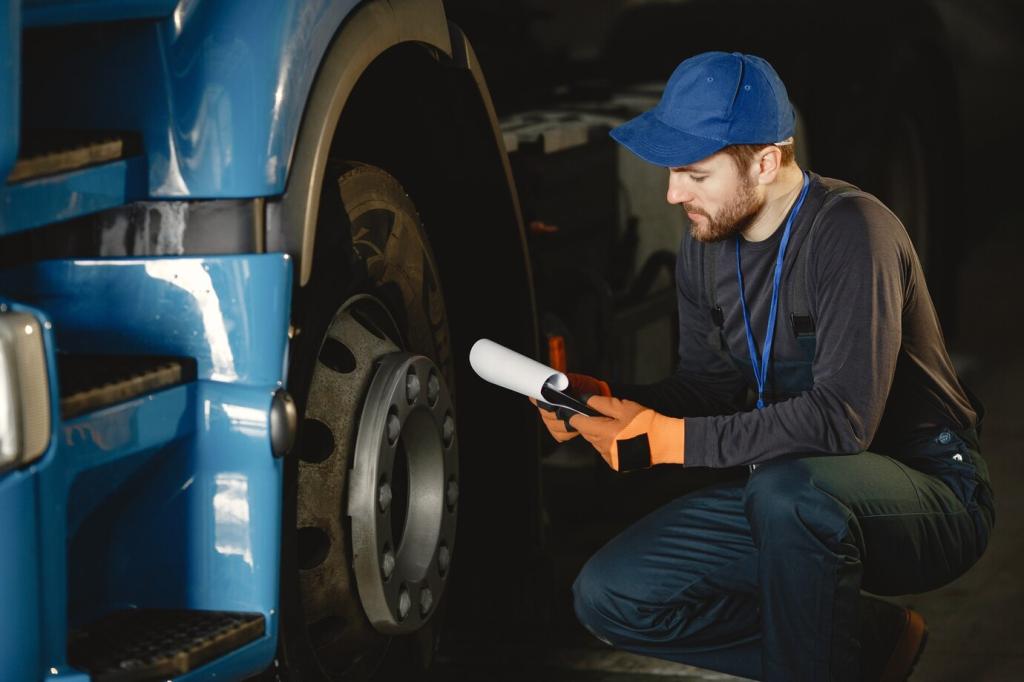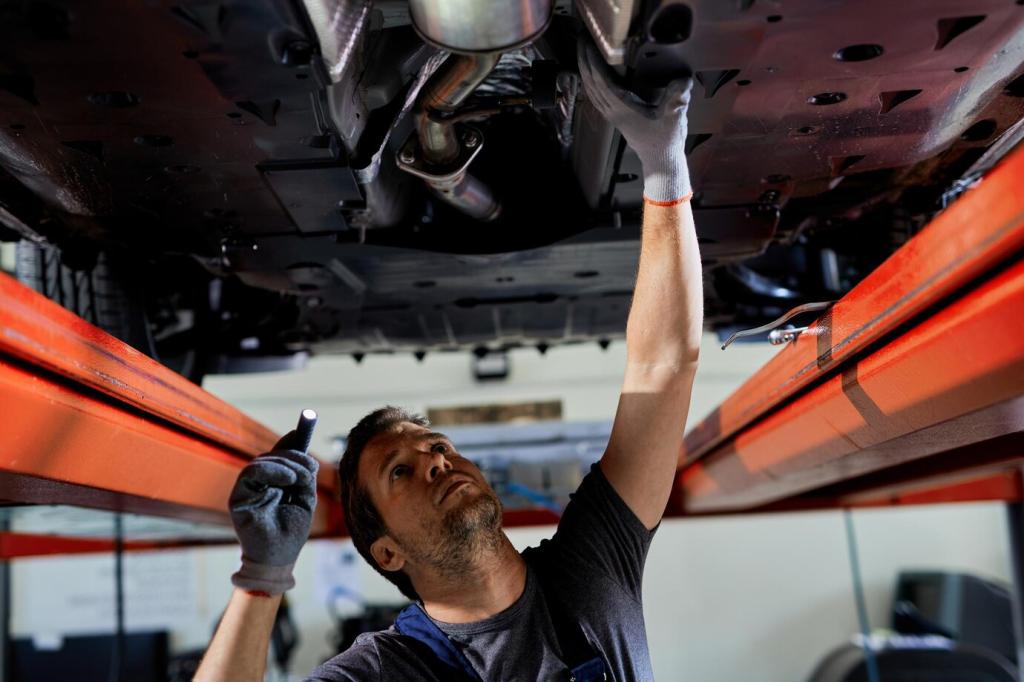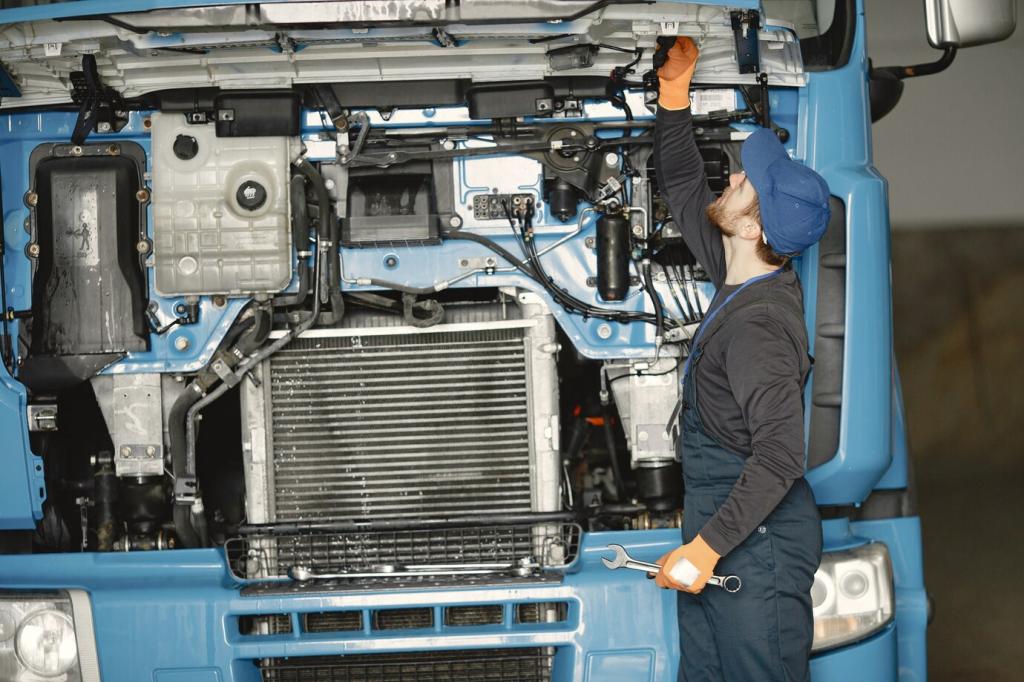Welcome to our deep-dive on how to set up a fleet repair workshop that runs safely, profitably, and on schedule. We’ll blend practical steps with real-world lessons so you avoid costly detours. Follow along, share your questions, and subscribe for checklists, templates, and updates.
Clarify the Mission and Build a Realistic Plan
Will you maintain mixed heavy-duty trucks, last-mile vans, or municipal equipment? Narrowing your niche determines staffing, tooling, and layout. Share your intended niche in the comments so we can suggest a matching equipment list and training roadmap.
Clarify the Mission and Build a Realistic Plan
Check local zoning, hazardous waste rules, and fire code early. Speak with your insurer about lift certifications, spray areas, and brake lathe use. Ask us for a compliance starter checklist and subscribe to get updates on regulation changes affecting fleet shops.
Choose the Right Site and Design an Efficient Layout
Prioritize wide turns, no-curb bottlenecks, and all-weather access for loaded rigs. Visit at dawn and dusk to assess traffic patterns. Post your city and fleet types below; we’ll suggest site red flags many first-time shop owners miss.
Arrange quick jobs near the entrance, heavy diagnostics deeper in, and messy work isolated. Create a straight-line flow: check-in, triage, repair, QC, staging. Subscribe to download our sample 6-bay layout with footprints for lifts, jacks, and tire service.
Install dedicated 240V circuits, dry compressed air with drops at every bay, and task lighting at eye level. Mount hose reels overhead to clear floors. Tell us your ceiling height and we’ll help optimize lift choices and crane options.

Invest in OEM-level scan tools for your common makes, battery testing, and cylinder balance capabilities. Add smoke machines for intake leaks. Comment with your top three chassis brands and we’ll recommend a starter diagnostics stack that won’t blow the budget.

Hire, Train, and Lead a Skilled Team
Role design and certification pathways
Define apprentice, B-tech, A-tech, service advisor, and parts lead roles with clear growth steps. Support ASE, EVT, or OEM certifications. Comment which certifications your market values most, and we’ll map a training ladder that fits your budget.

Parts, Fluids, and Vendor Ecosystem That Never Leaves a Truck Waiting
Use A/B/C velocity zones, barcode bins, and a quarantine shelf for returns. Post torque specs and fluid charts near the counter. Tell us your top ten fast-movers and we’ll suggest par levels and reorder points that match your demand.
Parts, Fluids, and Vendor Ecosystem That Never Leaves a Truck Waiting
Negotiate delivery windows, emergency runs, and core return terms. Document warranty workflows to avoid credit delays. A shop owner told us a written SLA saved a holiday rush. Want our sample SLA framework? Comment and we’ll send it.




Software, Data, and Continuous Improvement
Choose software that handles work orders, digital inspections, labor clocks, and parts linking. Test on a live job before committing. Share your top three must-haves and we’ll recommend platforms suited to heavy-duty fleet operations.
Software, Data, and Continuous Improvement
Integrate telematics fault codes and mileage triggers with your PM schedules. Stop guessing and start scheduling. Subscribe to get our PM interval matrix aligned to urban delivery cycles versus regional haul duty patterns.
